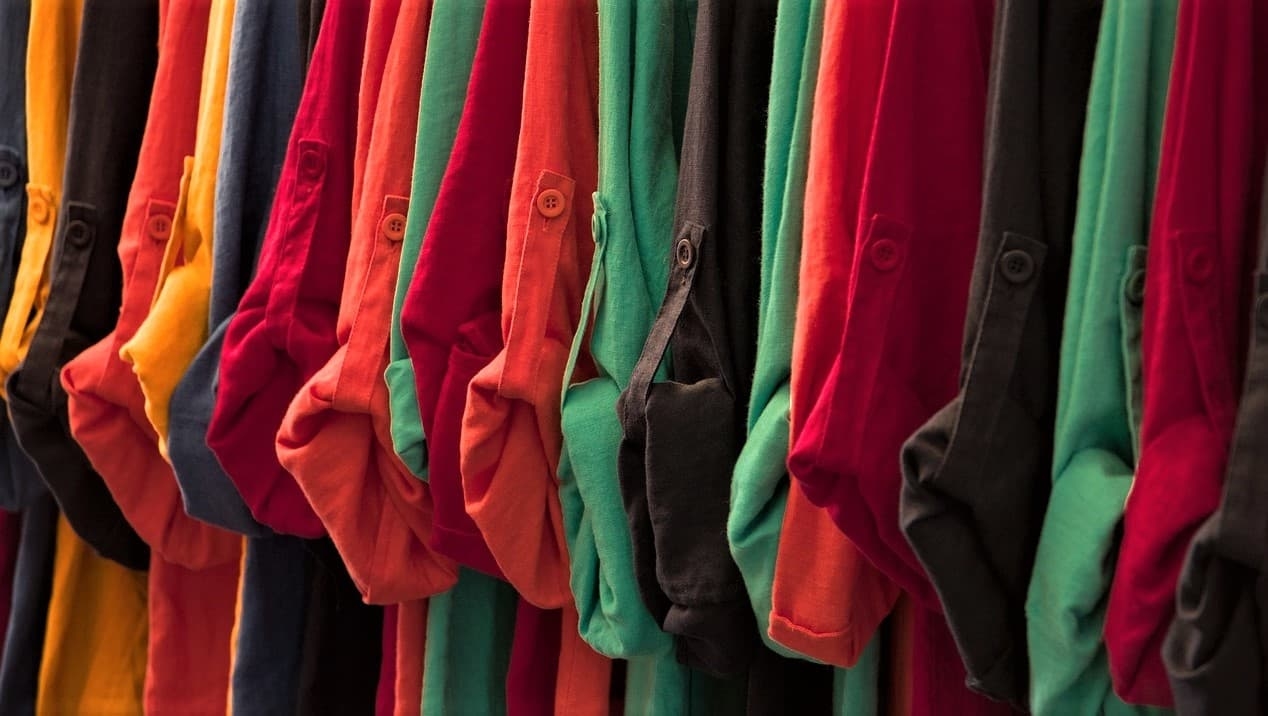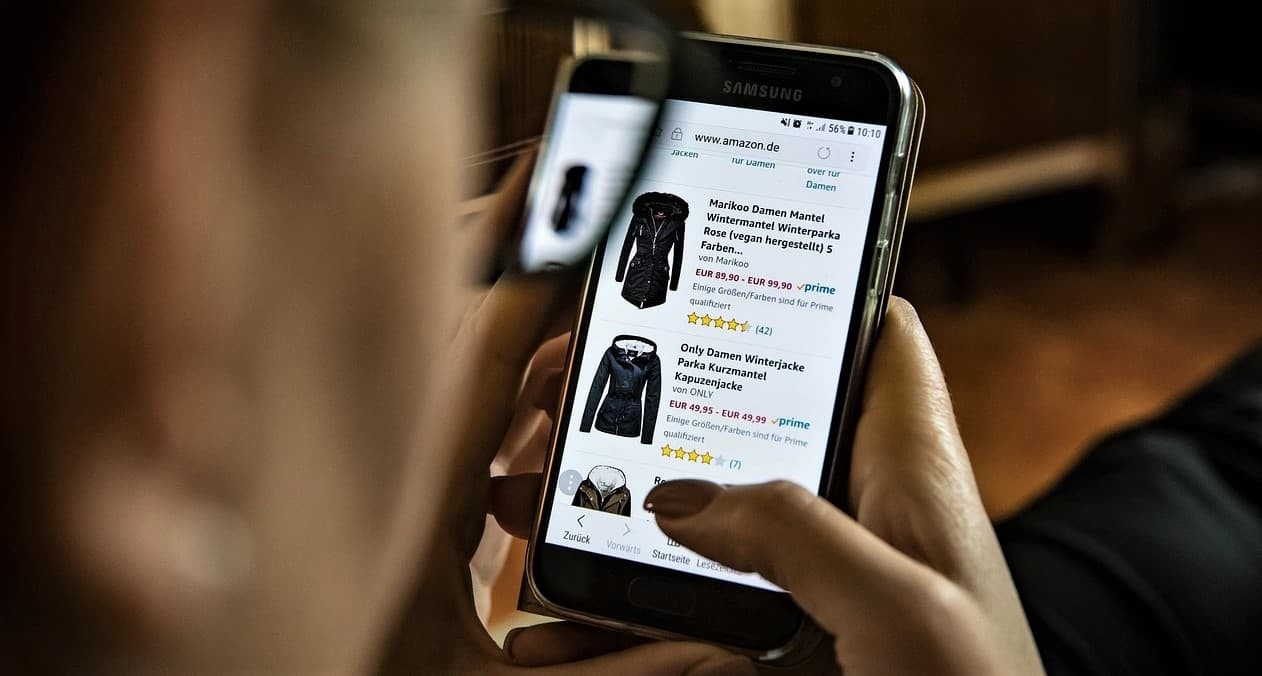
You don’t have to be a shopaholic to want to add a cute belt or sandals to the wardrobe. Who doesn’t want to look good? Wearing a brand new outfit may give you the confidence to conquer the world. But many people go over their budget on cloths, which eats into other priorities on the lifestyle want list.
Establishing a clothing budget is important to keep you in style yet out of the red. You don’t need to completely restrict indulgences from this special activity, but you need to make sure you define and stay within your limits.
Moreover, setting a predefined amount for your clothing also ensures that you only get those pieces that you essentially require. This not only helps you remain organized, but it also brings out your inner stylist.
Here are a few tips you can use to establish a clothing budget to satisfy your inner fashionista without going over the limit.
Percentage of Your Income

Your clothing budget can be a percentage of your monthly income. Everyone has expenses to cover before going on a shopping splurge. However, many times they tend to do the opposite and end up maxing out their credit card limit.
Many financial experts suggest that you can spend around 5% *of your monthly budget and income on clothing. So, simply multiply your income it by .05.
Despite this popular opinion, your clothing budget largely depends on how much you earn and if you have enough to cover your essential expenses, such as utility bills, grocery, fuel, etc.
This clothing budget method is best for those who really love shopping and are looking to control their overall spending.
Budgeting, in general, is very important. You need to set aside money from your monthly income for different activities. Always prioritize your basic expenses and savings first and then move on towards setting a specified amount for your personal spending. Your personal spending covers things such as makeup, haircut, and personal indulgences as well as clothing.
Depending on how much you value each activity, you can allot a part of your personal spending for it. So, if you want to buy a shirt, dress or jeans, you can hold back your personal spending on other items/activities and invest in these instead.
Fit your business and needs

If you’re an attorney or a Scottsdale real estate agent specializing in luxury homes, your clothing become integral to your work and brand. That adds a considerable need beyond clothes for the store or school. If you travel for work into multiple climates, that adds to the need for a more encompassing wardrobe. A fashion professional or someone who makes formal presentations have a greater need for professional attire than women in some other fields.
Some can spend less. Those in the medical field who often wear lab coats or some other garmet over the street clothes might have much less need for expensive apparrel (although perhaps not less “want”).
So your budget should match your need, but those needs vary.
The 50-30-20 system
For those who can’t stand detailed cost and benefit analysis, some budgeters prefer what’s known as the 50-30-20 system. In that, you split money among:
- Needs – Rent or mortgage, utilities, food, transportation, debt, work and school clothes – 50%
- Wants – Those things tat will make life more liveable but won’t kill you if you don’t have them, like entertainment, memberships, travel, girlie stuff.
- Reserve – Savings, retirement funding, an emergency fund.
Anti-debt advocate Dave Ramsey recommends people allocate that money via envelopes or buckets that only can fund certain activities or expenses (you can also set up different accounts). When you run out money in the clothes budget for the month, that’s it.
Ramsey also has a strategy for getting your budgeting on track that can feel like boot camp to the uninitiated but has been lauded by those who have tried it. Even a simple strategy like the 50-30-20 works better once you have cleaned up old debt and gotten used to stick to your personally determined allocations.
Only When Required

Another clothing budget method is the ‘only when required’ method. Every time you think of buying clothes, ask yourself if you really need those items. For instance, if you just recently updated your wardrobe with several stylish pieces, think of more innovative ways to style them rather than getting new clothes for every event.
You can set aside some money to replace old items in your closet. For instance, you can get a pair of new jeans if your old jeans tear or fade.
No-Shopping Challenge
Experiment with new financial routines to find the best spending habit for yourself, including the no-shopping challenge. Every once in a while, challenge for a set time period, perhaps a month, with zero clothes shopping. This will help you splurge open-heartedly in other months and save conservatively in the rest.
Maintaining your clothing budget is pretty hard, especially for women. You can’t always resist the urge to shop, but you can keep within your budget.
Keep a always-changing clothing list

Like it’s not a good budgeting idea to go to the grocery store hungry with no list of what you need, the same can be said of clothes shopping. That not only flags you that you need jeans or a black jacket so you can take advantages of sales and found treasures, it also keeps you from spending on items that already flood your closet. It’s easy enough to keep a running note on your phone.
To read more fashion and beauty blogs, visit our website now!




















